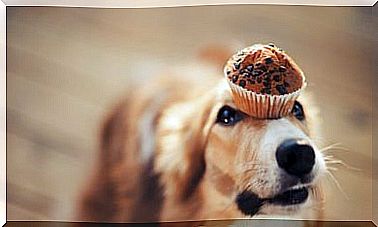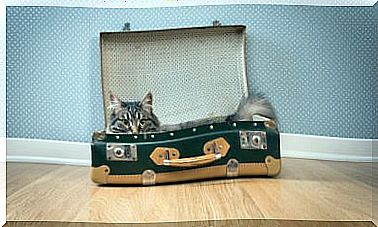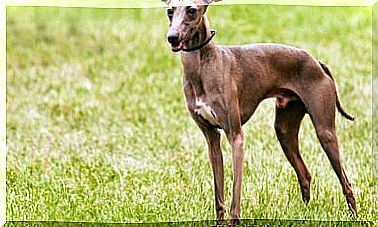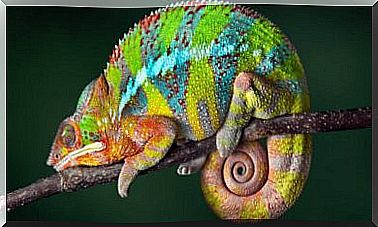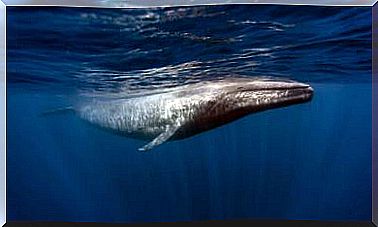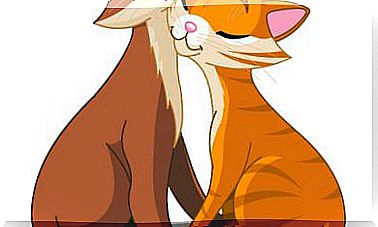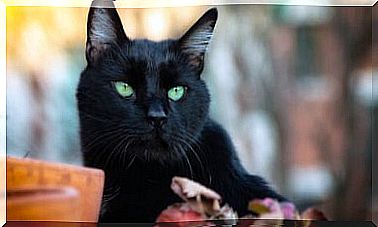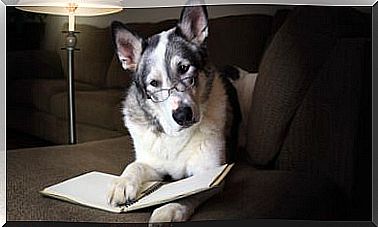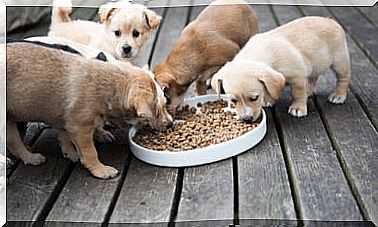The Body Language Of Horses

These wonderful equids have been accompanying humans for millennia. Therefore, the body language of horses has a certain connection with our intuition: knowing it thoroughly is a guarantee of a clear and harmonious relationship with them.
In the following lines, you will be able to know the most typical signs of their language, which is not easy at all. If you’ve ever seen a herd of horses run, you can imagine that their almost millimeter harmony is the product of a fluid and detailed communication skills.
General notes on the ethology of the horse
To know how to properly interpret the signals emitted by a horse, you have to start with the biological bases of its behavior. Here are the most common:
- They are prey animals: Horses have predators in the wild, so it is to be expected that they are shy, suspicious, and skittish. Therefore, the approach to a horse must be calm and gradual, always letting the animal set the pace.
- They are gregarious: horses live in groups of many individuals, so communication between them must be effective to create a stable hierarchy and respond to threats.
- Physical contact is a very important part of their communication: rubbing and light touches with the head transmit a lot of information in horses, so neck and head signals are very important when reading their behavior.
- They are extremely empathetic: their sociable nature and intricate communication make equidae animals that easily recognize moods in other beings. Therefore, calm should not only be external when dealing with them: it must also go from within.
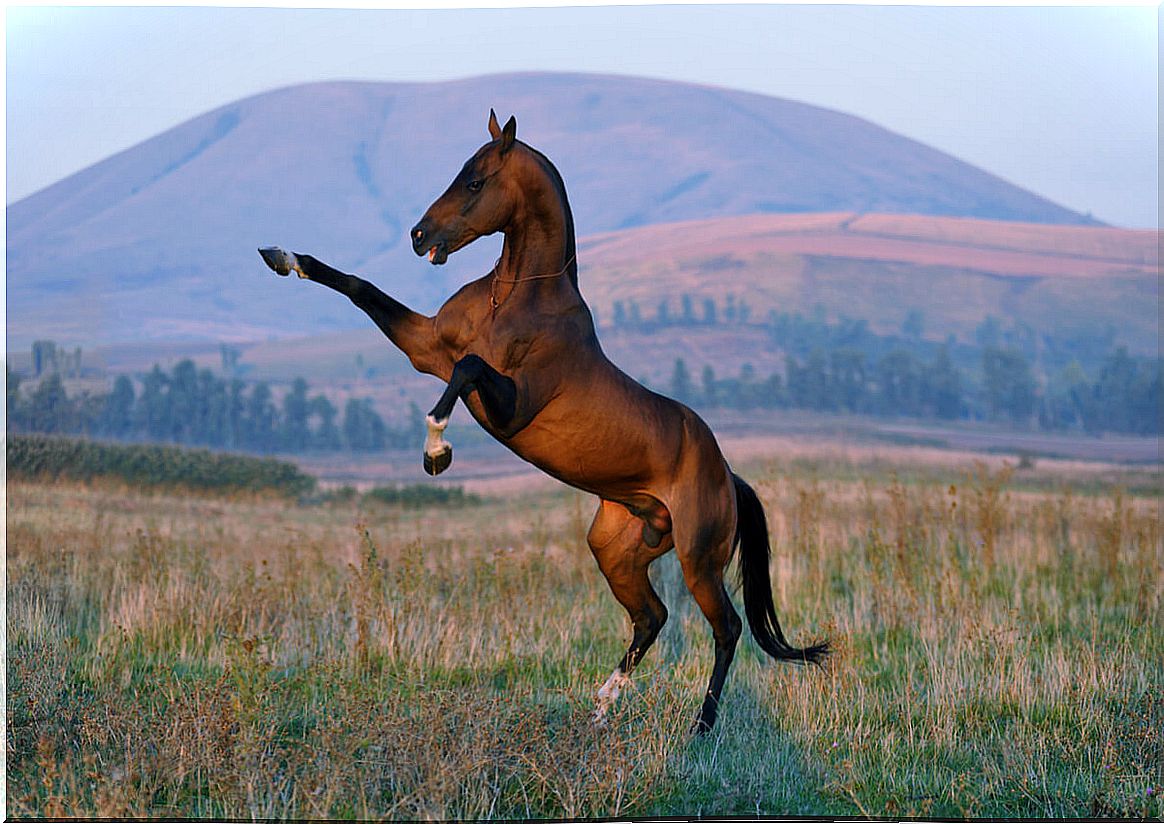
The body language of horses
This section is divided in this way to facilitate the understanding of each of the parts of the horse and what they can transmit, but keep in mind that the attitudes are shown with the whole body, so it is necessary to integrate them into a picture general. We introduce you to body language in horses by body sections.
Ears
Horses’ ears are especially expressive, perhaps the part of their body that can give you the most information. They are the best indication of where the animal is directing attention, since they will always direct them towards their point of interest.
However, through them you can read many other expressions, such as fear, aggressiveness, pain and even attraction. Here are the most common examples of her expressiveness with her ears:
- Tension in the ears and orientation towards a point : muscular tension is almost always a sign of alert and / or expectation, so following the direction of the ears will tell you what it is that is alarming your equine companion.
- Ears attached to the head and facing backwards : it is a sign of defensive aggressiveness or anger.
- Ears relaxed and loose, not pointing in a specific direction: indicates relaxation or that the horse does not perceive any threat in its environment.
The eyes
The eyes, although they are not as expressive as those of a human, do send signals about their state of mind. In general, the opening of the eyelids is the easiest to interpret: if his eyes are squinted the horse will be calm and, as he opens them more, it indicates the level of alarm he feels.
The mouth in the body language of horses
The lips are a flexible and constantly moving part of horses, so it is sometimes difficult to interpret. These are some of the most typical gestures:
- Retracted lips with exposed teeth and gums: threat, desire to bite.
- Chewing without food in the mouth: release of tension due to discomfort.
- Relaxed and saggy lips: calm or drowsy.
- Flehmen Reflex: When the horse raises its upper lip exposing its teeth, it is showing sexual arousal.
Tail movements
The tail, although sometimes not much attention is paid to it due to its habit of scaring off insects with it, is a very expressive part of the body language of horses.
When you see a horse whip its tail, it means that it is nervous, irritated or angry. If, on the other hand, his tail is raised, he is excited or excited. Like dogs, horses also hide their tails between their legs when they are scared. In this way, they show fear and submission.
Neck and head position
The neck and head are usually harmonized with the gestures of the ears, eyes and mouth, so if you analyze all the signals of these parts together, you will have a clear idea of what the intentions and the mood of the horse are. In this list we present some of the most common neck and head postures in equines:
- Jerks with the head : This is a warning sign. If ignored, it can end in attack.
- Gentle nudges with the head : demand attention
- Neck and head hanging slightly towards the ground, without tension: relaxation.
- Neck completely drooping and flabby : drowsiness.
- Neck and head raised and oriented towards some stimulus: the horse is active, excited and alert.
- Repetitive movement of the head to the sides: discomfort, attempt to avoid the situation or the stimulus.
- He raises his head and moves it away from a sudden stimulus: he is not comfortable with it, do not insist.
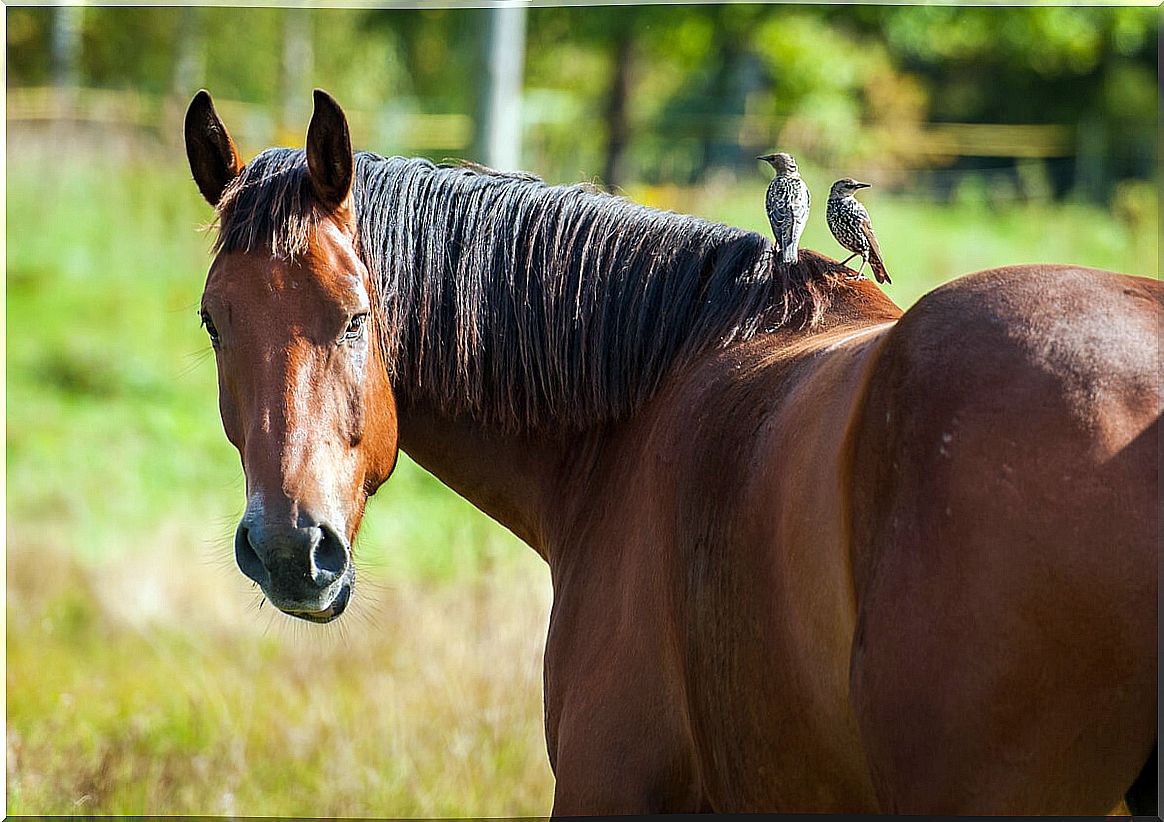
Some final details about horse body language
As you can see, there are many details that must be taken into account when it comes to reading the expressions of an equine. In fact, there is even a project that aims to record each small facial gesture of the horses to be interpreted later by means of a computer program.
In any case, if you are dealing with these noble animals for the first time, trust your instincts and watch carefully: the signs of tension, fear and joy are very similar between our species.
